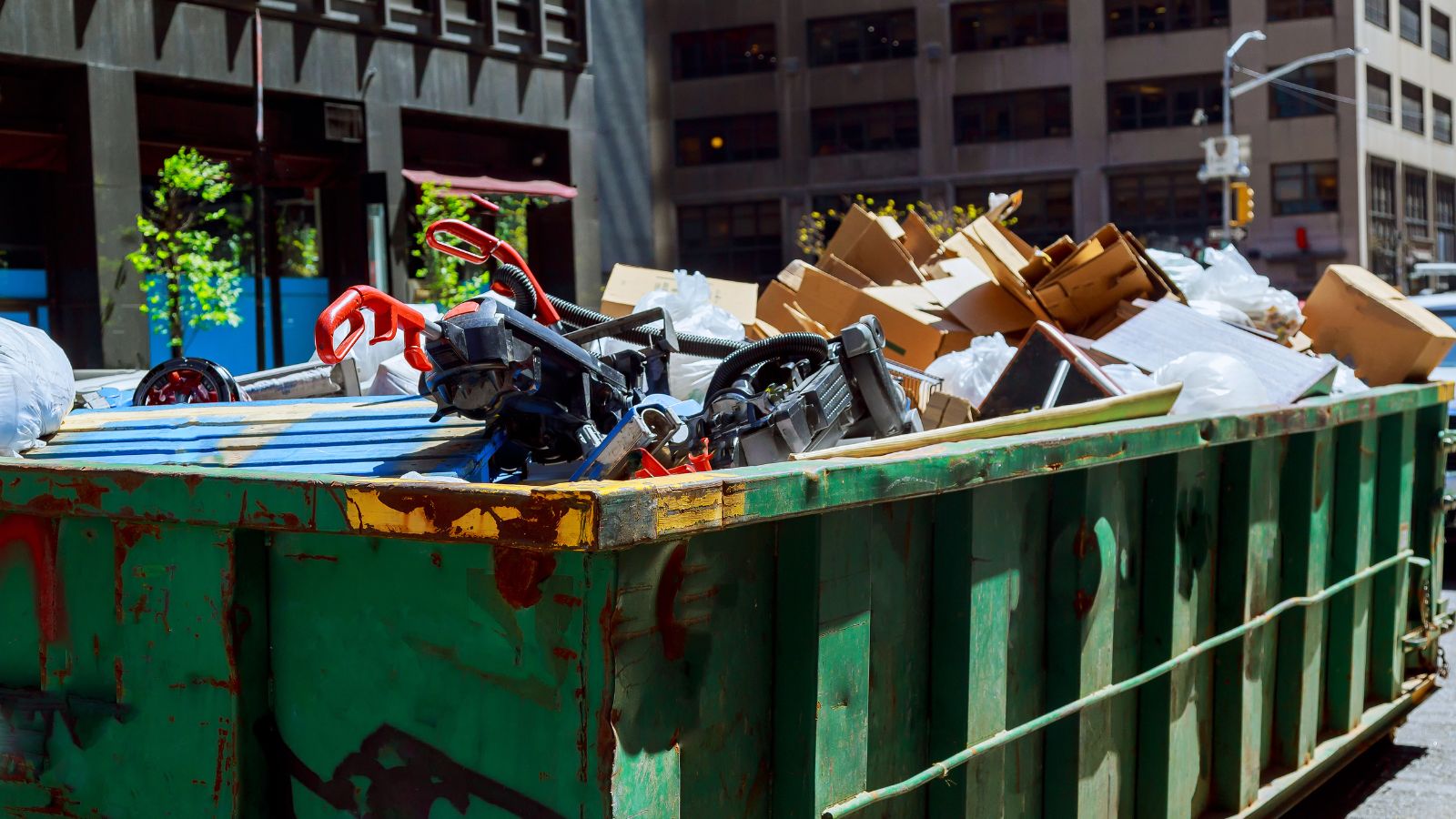When shipping products, the packaging material you choose is essential. The right packaging protects goods, reduces damage, and enhances customer satisfaction. Below are the ten best packaging materials for shipping.
1. Cardboard Boxes
Cardboard boxes are a classic packaging solution. They are versatile, durable, and widely available. Cardboard boxes come in various sizes and thicknesses, making them suitable for almost any type of shipment.
Cardboard is eco-friendly, especially when made from recycled materials. It’s also lightweight, reducing shipping costs. Cardboard boxes are easy to label, customize, and secure with tape.
2. Kraft Paper
Kraft paper is an excellent packaging material due to its eco-friendly nature. Made from wood pulp, Kraft paper is biodegradable and recyclable. It offers flexibility and strength, making it ideal for wrapping items or filling gaps in boxes.
Using Kraft paper helps protect fragile products during shipping. It’s also affordable, making it a cost-effective solution for many businesses. Kraft paper comes in rolls, sheets, and various thicknesses for versatile packaging needs.
3. Bubble Wrap
Bubble wrap is one of the most protective packaging materials available. The air-filled bubbles provide cushioning to fragile items, reducing the risk of damage during transit. This material is lightweight, which helps lower shipping costs.
Bubble wrap is ideal for shipping electronics, glass, and other delicate products. It can be wrapped around items or used as padding within boxes. Though not the most eco-friendly option, it can be reused multiple times.
4. Packing Peanuts
Packing peanuts, also known as foam peanuts, are another popular option for filling gaps in boxes. They help cushion products and prevent them from shifting during shipping. Packing peanuts are lightweight and effective in protecting fragile items.
While traditional foam peanuts are not biodegradable, eco-friendly versions made from cornstarch are now available. These dissolve in water and are a better choice for environmentally conscious businesses.
5. Foam Sheets
Foam sheets provide excellent shock absorption and are perfect for protecting sensitive items during shipping. They are lightweight, flexible, and resistant to moisture. Foam sheets can be cut to size and wrapped around items to prevent scratches, dents, or breakage.
Foam sheets are widely used in the shipping of electronics, furniture, and glassware. They are often placed between items to avoid direct contact, adding an extra layer of protection.
6. Corrugated Fiberboard
Corrugated fiberboard, often used to make shipping boxes, consists of multiple layers for added strength. It features a fluted inner layer between two flat outer layers. This design gives it durability and the ability to absorb shocks during shipping.
Corrugated fiberboard is commonly used for heavier items or products that require extra protection. It’s available in single-wall, double-wall, and triple-wall options to suit different shipping needs.
7. Air Pillows
Air pillows are lightweight, inflatable plastic pouches that provide cushioning inside shipping boxes. They are commonly used as void-fill packaging to prevent products from moving during transit. Air pillows are versatile, easy to use, and take up less space compared to traditional fillers.
Since air pillows contain mostly air, they are cost-effective and help reduce shipping weights. Most air pillows are recyclable, making them an eco-friendly option for businesses focused on sustainability.
8. Rigid Boxes
Rigid boxes offer high protection for luxury and fragile items. They are made from thick, solid materials that provide superior strength and durability. Rigid boxes are often used for shipping high-end products, including electronics, jewelry, and cosmetics.
These boxes are ideal for companies looking to make an impression with their packaging. They can be customized with logos and designs to enhance the unboxing experience. Although more expensive than other options, rigid boxes deliver premium protection and a high-end feel.
9. Stretch Film
Stretch film is a highly elastic plastic used to wrap pallets or large shipments. It secures items tightly together, preventing them from shifting during transit. Stretch film is resistant to tearing and can protect products from dust, moisture, and tampering.
Stretch film is commonly used in the shipping of heavy or bulk goods. It’s easy to apply manually or with automated machines, making it suitable for businesses of all sizes. Stretch film is also recyclable, providing an eco-friendly option for shipping needs.
10. Honeycomb Paper
Honeycomb paper is a sustainable and innovative packaging material made from recycled paper. It features a honeycomb structure that provides strength and cushioning. Honeycomb paper is lightweight, biodegradable, and ideal for shipping delicate or oddly shaped items.
Honeycomb paper can be used as a protective wrap or as an alternative to cardboard dividers. It provides excellent shock absorption while being eco-friendly. Honeycomb paper is also easy to cut, making it a flexible solution for various packaging needs.
Choosing the Right Packaging Materials for Your Business
Selecting the best packaging materials depends on the types of products you ship and your business needs. Consider the weight, fragility, and size of your items when choosing packaging.
For fragile items, bubble wrap or foam sheets offer excellent protection. If you’re looking for eco-friendly options, Kraft paper, honeycomb paper, and corrugated fiberboard are great choices.
Businesses focused on branding may prefer rigid boxes for their premium look and durability. However, cost-effective options like cardboard boxes and air pillows also offer reliable protection.
Eco-friendly Packaging Options
As more companies adopt sustainable practices, eco-friendly packaging has become increasingly important. Biodegradable materials like Kraft paper, honeycomb paper, and recycled cardboard can reduce your environmental impact while maintaining product protection.
Using recyclable materials like air pillows, corrugated fiberboard, and stretch film can also help your business align with eco-conscious values. Opting for biodegradable packing peanuts and reusable bubble wrap further supports sustainable shipping practices.
Cost Considerations
Cost is always a factor when choosing packaging materials. While rigid boxes and foam sheets provide superior protection, they can be more expensive. However, affordable options like cardboard boxes, air pillows, and Kraft paper still offer great protection at lower prices.
Consider the balance between cost and protection when selecting materials. Lightweight options like air pillows, bubble wrap, and packing peanuts can help reduce shipping costs by lowering the overall weight of your packages.
Conclusion
The best packaging material for shipping will depend on your specific needs. Cardboard boxes, Kraft paper, and corrugated fiberboard are all excellent choices for many businesses. For fragile items, bubble wrap and foam sheets provide essential protection.
Eco-friendly options like honeycomb paper and biodegradable packing peanuts help reduce your carbon footprint. Ultimately, the right choice will protect your products, keep shipping costs low, and leave a positive impression on customers.
Best Sticker Paper Materials
How Much Is A Quarter Ounce Of Weed
Six Steps Of How to Address a Postcard
Standard Vinyl Banner Size!
How to Compost Paper and Cardboard Boxes?
Difference between glossy and matte finish




